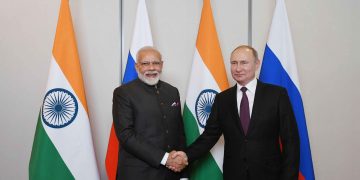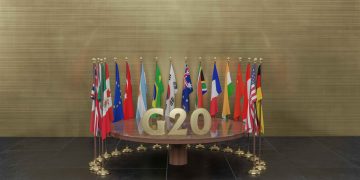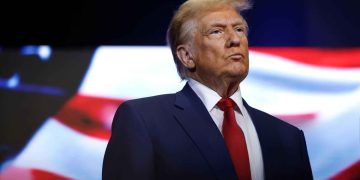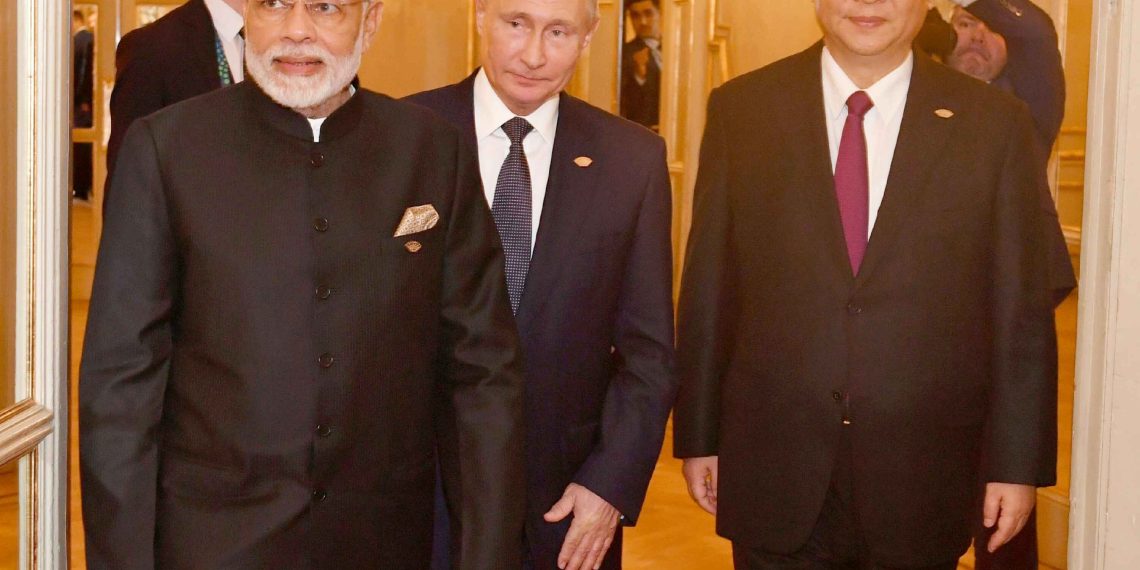The global power dynamic is shifting as the emerging economies of the Global South assert their influence, challenging the historically dominant G7 countries. Experts in New Delhi foresee an evolving global governance structure, with the Global South, led by the 10-nation BRICS bloc, opposing the affluent and industrialized Global North, represented by the G7 nations.
BRICS, originally formed by Brazil, Russia, India, China, and South Africa, has expanded to include Egypt, Ethiopia, Iran, Saudi Arabia, and the UAE in 2024. This growing federation, along with other developing nations in Africa, Asia, and Latin America, is pressing for structural reforms of international institutions like the UN, IMF, and World Bank. These organizations, according to BRICS, have consistently failed to represent the interests of emerging economies.
The BRICS bloc also established the New Development Bank (NDB) in 2014 as an alternative to traditional Western-led financial institutions. Focused on funding infrastructure and sustainable development projects, the NDB had disbursed $32 billion by the end of 2022 for projects such as roads, bridges, energy, and environmental protection across developing nations, particularly in Africa.
BRICS has also prioritized economic cooperation among developing countries, with efforts to reduce trade barriers and tariffs. This strategy aims to bolster local markets and commerce, directly challenging the economic dominance of the Global North.
Indian Foreign Minister Subrahmanyam Jaishankar recently made headlines with his remarks about the Global North’s discomfort with BRICS’ growing influence. Speaking at the Global Centre for Security Policy in Switzerland, he humorously noted that BRICS emerged because the G7 “club” excluded new members, and that this exclusionary stance has left the Global North feeling threatened by BRICS’ rise.
BRICS, formed in 2006, includes founding members Brazil, China, India, and Russia, with South Africa joining in 2010. Its 2024 expansion to include Egypt, Ethiopia, Iran, Saudi Arabia, and the UAE reflects the growing economic clout of the Global South. A former Indian ambassador highlighted that BRICS has accelerated the rise of the Global South, gradually diminishing the G7’s influence.
BRICS’ combined economic power, representing 35-37% of global GDP, enables the bloc to challenge the dominance of Western nations in areas like finance, trade, and technology. Analysts predict that as BRICS strengthens, it will divert investment away from G7 economies, allowing it to wield greater influence in commodity markets and natural resources.
Despite ongoing competition between the two blocs, BRICS and the Global South remain open to collaboration with the Global North on common issues like climate change, health crises, and economic instability. This cooperation, however, is balanced by internal rivalries within BRICS, such as the long-standing border dispute between India and China, and competition between China and Russia over their global ambitions.
Brazil’s internal political and economic struggles have limited its influence in BRICS, while South Africa, the smallest economy in the group, often plays a more marginal role. Nevertheless, analysts believe that the United Nations remains central to shaping a more equitable global governance structure, despite its imperfections.
As the Global South rises, the evolving world order will increasingly reflect the economic and political aspirations of BRICS and other emerging economies, potentially creating a multipolar and more balanced global landscape.





















